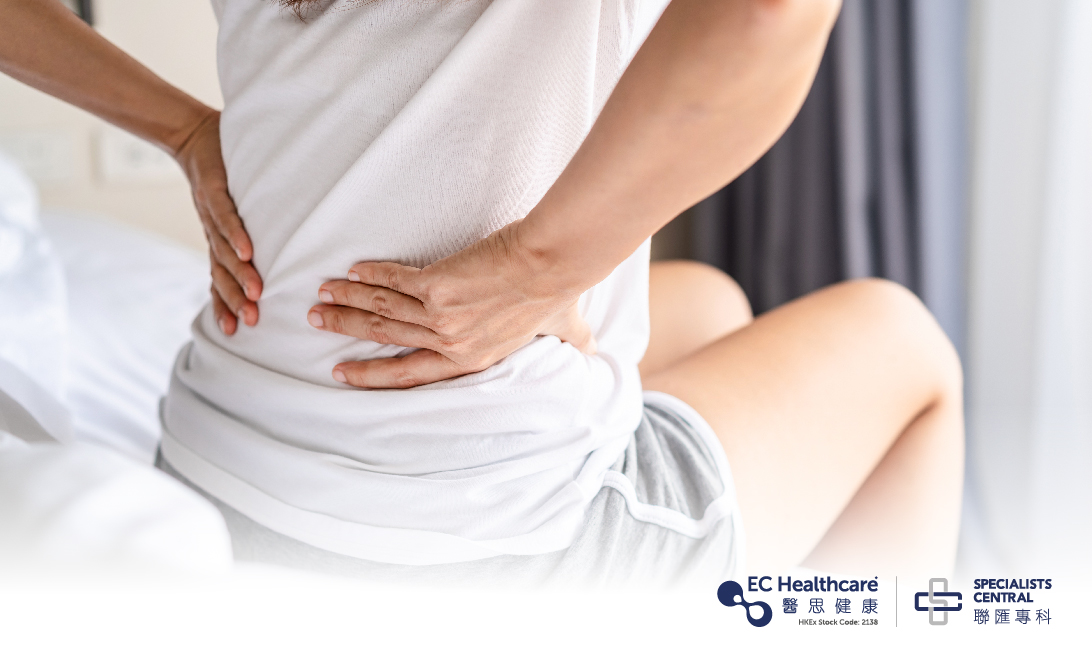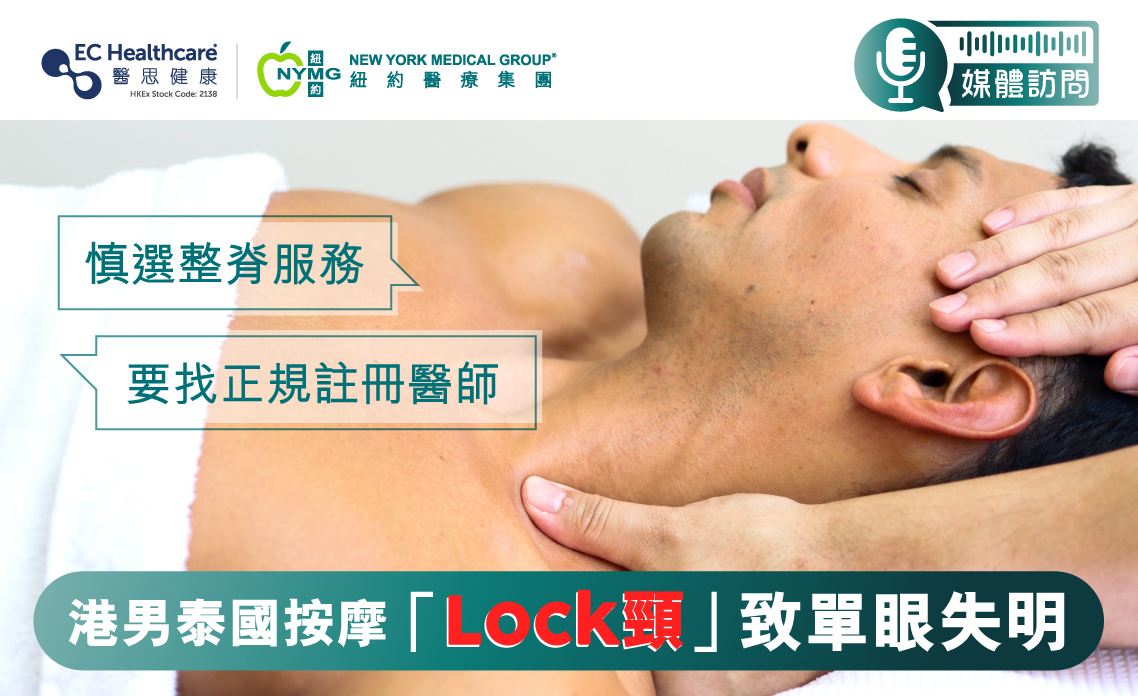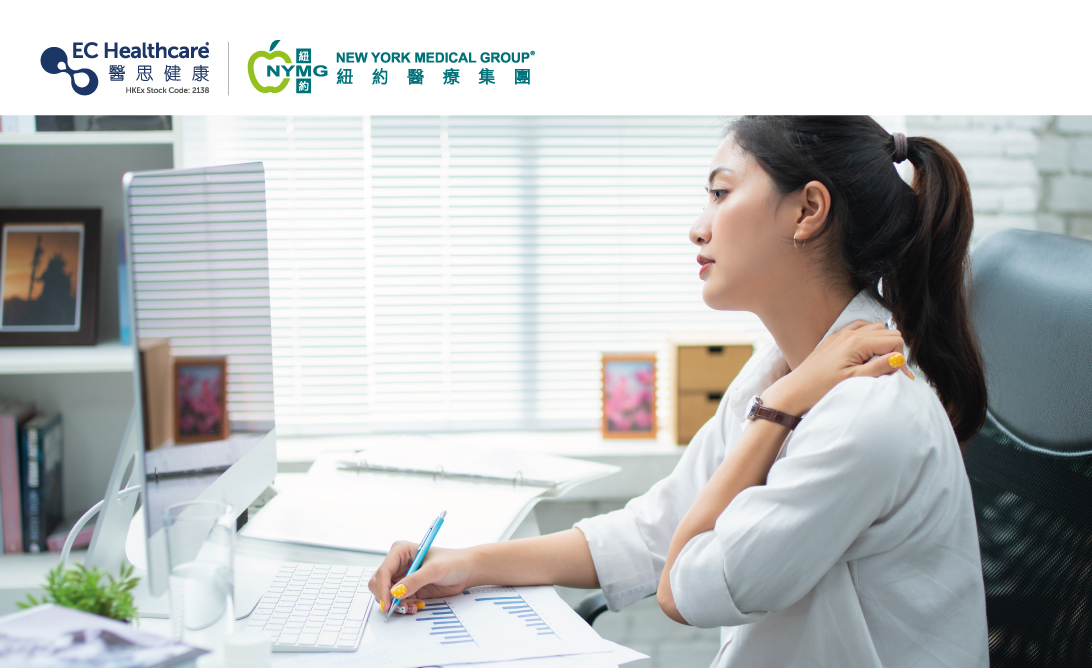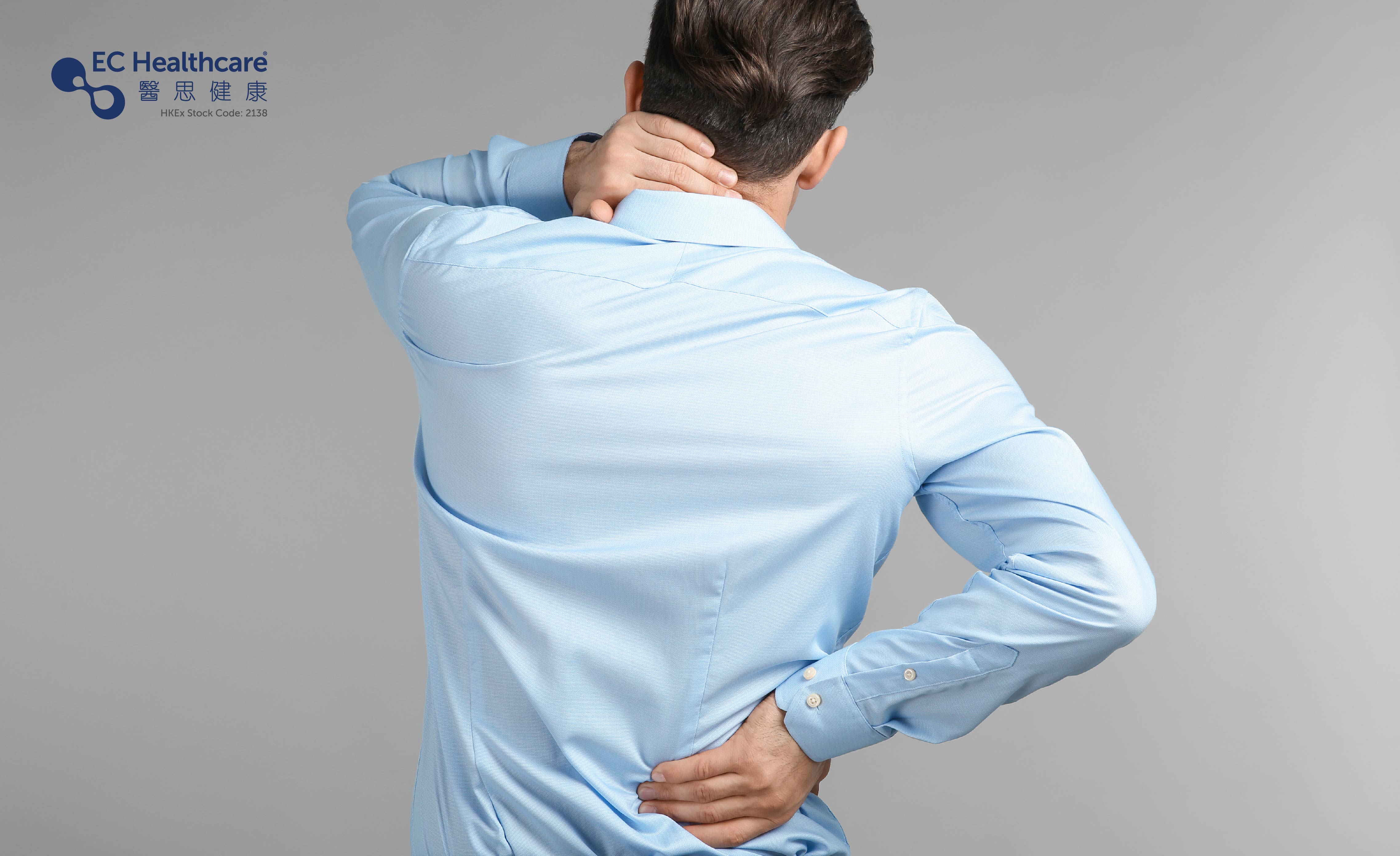Be Aware of Herniated Disc Symptoms If You have Persistent Back Pain!


As the lumbar discs begin to degenerate and age after the age of 25, the collagen content in them gradually decreases with decreasing flexibility. If you experience a sudden shock or a sudden onset of severe pain in your lower back due to incorrect posture, this could be a sign of a herniated disc.

What is a herniated disc?
The human spine consists of 7 cervical vertebrae, 12 thoracic vertebrae, 5 lumbar vertebrae, 5 sacral vertebrae and 4 caudal vertebrae. Our spine has a physiological curvature and discs between each vertebra. The physiological curvature and discs are used to cushion the pressure and vibration on the spine caused by physical activity and external shocks.
The discs become more fragile with age. Because of prolonged pressure and sudden gravity (chronic poor posture, improper lifting, degeneration, trauma, etc.), the surrounding ligaments can become damaged or degenerate, resulting in a bulging disc that can squeeze the surrounding tissues and nerves, causing discomfort (neck and back pain, numbness in the hands and feet, etc.).

What are the symptoms of a herniated disc?
Symptoms may vary depending on the location of the herniated disc and the spinal nerve roots that are being compressed or irritated. Symptoms may vary from patient to patient, with the most common symptoms being:
Low back pain, which may be exacerbated by coughing, sneezing, standing for long periods of time or performing certain movements.
Sciatica, numbness, tingling and weakness in the legs, which may start to cause hip or back pain. The pain may extend down the thighs to the calves, soles of the feet and even the toes.
Muscle cramps and spasms in the legs
Decreased sensation in the foot, may walk with a cramp
Unable to stand or bend over
Compression of the cauda equina nerve in the bladder and anus, leading to frequent urination and constipation and, in severe cases, incontinence.
A herniated disc does not heal naturally. If in doubt, seek specialist diagnosis as soon as possible to accurately identify the real cause. Long-term relief of low back pain can be achieved by improving lifestyle habits and posture, as well as appropriate treatment.
If you have the common symptomit, recommend to get checked as soon as possible.










